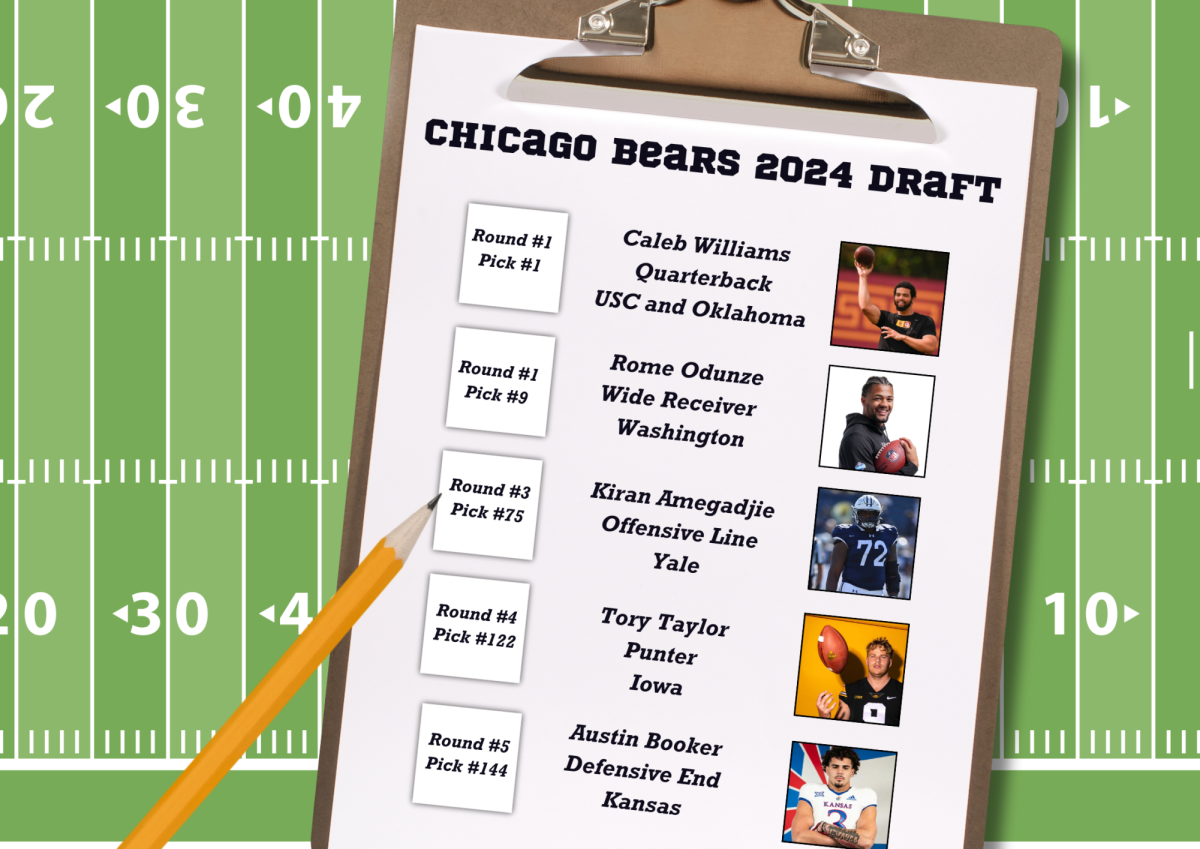Hamlin Injury Sets Precedent for Sports Medicine

Photo provided by pexels.com
March 14, 2023
On January 2, 2023, during the Cincinnati Bengals and Buffalo Bills’ game, Damar Hamlin, a safety for the Bills, made a tackle on the field after a catch by Bengals wide receiver Tee Higgins. Hamlin got up after what seemed like a harmless play, but seconds later he collapsed on the field, and went into cardiac arrest. The rest of the game ended up being postponed, but was later canceled. The injury surprised many, with former GCHS Head Football Coach Mike Maloney explaining that, “The mathematical probabilities of sustaining a strike where [there are] electrical impulses in your heart is astronomical[ly small].” Athletic Trainer Glen Gerdes explained that the injury did not change his mentality on football because of the rarity of the injury. “That injury itself is more prevalent in youth baseball,” he mentioned. Although the injury, medically known as Commotio Cordis, was rare, the football community knew it was possible. “It’s not something that’s completely out of our sight [or] off our radar. It’s something that could happen at any time in sports,” Gerdes said. Knowing this, the football community was ready for the possibility of it happening.“It allowed us to go back and look at it to make sure we have everything in place. We need it for when we need it, which is what ended up saving his life,” Gerdes said. Even though the chances of a catastrophic injury like Hamlin’s are extremely rare, the sideline coaches and athletic trainers bear the ultimate responsibility for the player’s safety. As a result, Maloney stressed that under all circumstances the coaches and staff within a team are prepared and ready to assist in the safety of the players. “In all ways, safety is the primary responsibility of coaches and teachers in athletics, so they need to be trained.”




































